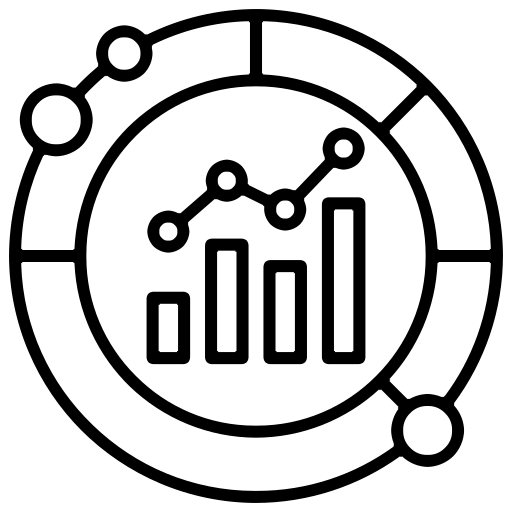From Risk to Reward: Repositioning Insurance Careers for the Next Generation

The Insurance Industry Is A Pillar Of Financial Security, But It’s Facing A Unique Challenge:
An aging workforce with a significant number of employees nearing retirement.This demographic shift presents an opportunity for a positive transformation. Let’s delve into the trends and explore how the industry can navigate this critical juncture.

The Three Horsemen of the Workforce Apocalypse
The industry faces a storm: wave of retirements, difficulty attracting new talent and a widening demographic gap.
Aging Workforce
The U.S. Census Bureau projects that the population aged 65 and older in the United States will nearly double over the next three decades, reaching about 88 million by 2050. This trend is expected to be reflected in the workforce as well, with a significant portion reaching retirement age in the coming years.
Skill Demand Gap
In the finance and insurance sector, job openings are increasing significantly, with the Bureau of Labor Statistics projecting 325,000 openings by February 2024, up from 309,000 just a month earlier. This indicates a growing need for qualified professionals in the sector, but the current talent might not be sufficient to fill these positions. The industry is undergoing rapid change, driven by technological advancements like big data and artificial intelligence. These new technologies require skill sets that may not be prevalent among the existing workforce.
Recruitment Challenges
According to The Pew Research Center, only 4% of millennials (born between 1981 and 1996) are interested in insurance careers. Yet, millennials are estimated to make up 75% of the workforce by 2025.
Imagine overworked staff struggling to keep up with all the extra work from retiring colleagues. This could lead to worse service for customers and fewer new ideas for the industry. Upset customers and less money coming in could even make it harder for people to get the insurance they need. It’s like a domino effect – one bad thing leads to another. The industry needs to act now to find new, qualified workers, or it might become outdated and fade away.
Beyond delaying crucial decisions, a shrinking workforce comes at a cost. Each organization shoulders the burden of lost experience and untapped potential.
Attracting Tomorrow’s Workforce
Those born between 1981 and 1996 thrive in a digital environment, accustomed to constant communication and the lightning-fast pace of technological change. This presents a unique challenge for the insurance industry, traditionally seen as more static. To effectively connect with this talent pool, the industry needs to adapt its approach by:

Early Intervention
“I want to be an underwriter when I grow up” said no one ever. But, by leveraging digital media and outreach programs, the industry can connect with young people early in their academic journeys, fostering interest through mentorship and fostering a sense of community through young professional groups and volunteer activities. This initial engagement then allows for identification and nurturing of top talent. Mentorship programs and internship opportunities can provide valuable industry experience, creating a pool of qualified candidates ready to join the workforce upon graduation.

Modernization
Inviting AI generation to excel is going to be hard. Offering clear career development pathways with mentorship programs, skills training, and defined career roadmaps demonstrates a commitment to their growth. Additionally, fostering a culture that embraces innovation through encouraging new ideas and technological adoption creates a dynamic and stimulating work environment that resonates with this generation seeking purpose and cutting-edge experiences. Reskilling the existing workforce in areas like data analysis ensures a smooth transition alongside AI, creating a dynamic environment that excites young talent while maintaining industry expertise.

Purpose Driven
Millennials and Gen Z prioritize careers that contribute to a greater good. As what The Institutes’ 2018 Talent Trends Research mentioned, only 4% of millennials expressed interest in working in the insurance industry. They would assume that the industry is “boring” and “old fashioned”. Here’s the opportunity to flip the script! Instead of highlighting traditional industry strengths, showcase the insurance industry’s social responsibility initiatives. Demonstrate a genuine commitment to environmental and social good. By emphasizing how insurance protects individuals, families, and communities, you can attract young talent seeking purpose and a chance to make a positive difference. This reframed narrative positions insurance as a dynamic force for positive change, making it a far more attractive proposition for the next generation.
Rewarding Career in Insurance
Career Development,
Fostering Innovation,
Embracing AI, and
Highlighting Social Impact
can transform the industry’s image and attract a new generation of talent.
The challenge lies in execution. Are insurance companies willing to break down traditional structures and embrace a more dynamic and purpose-driven approach? The answer will determine whether the industry thrives in the coming decades. But by seizing this opportunity, insurance has the potential to not only secure its future but also evolve into a vital force for positive social change, leaving a lasting impact on communities for generations to come.
